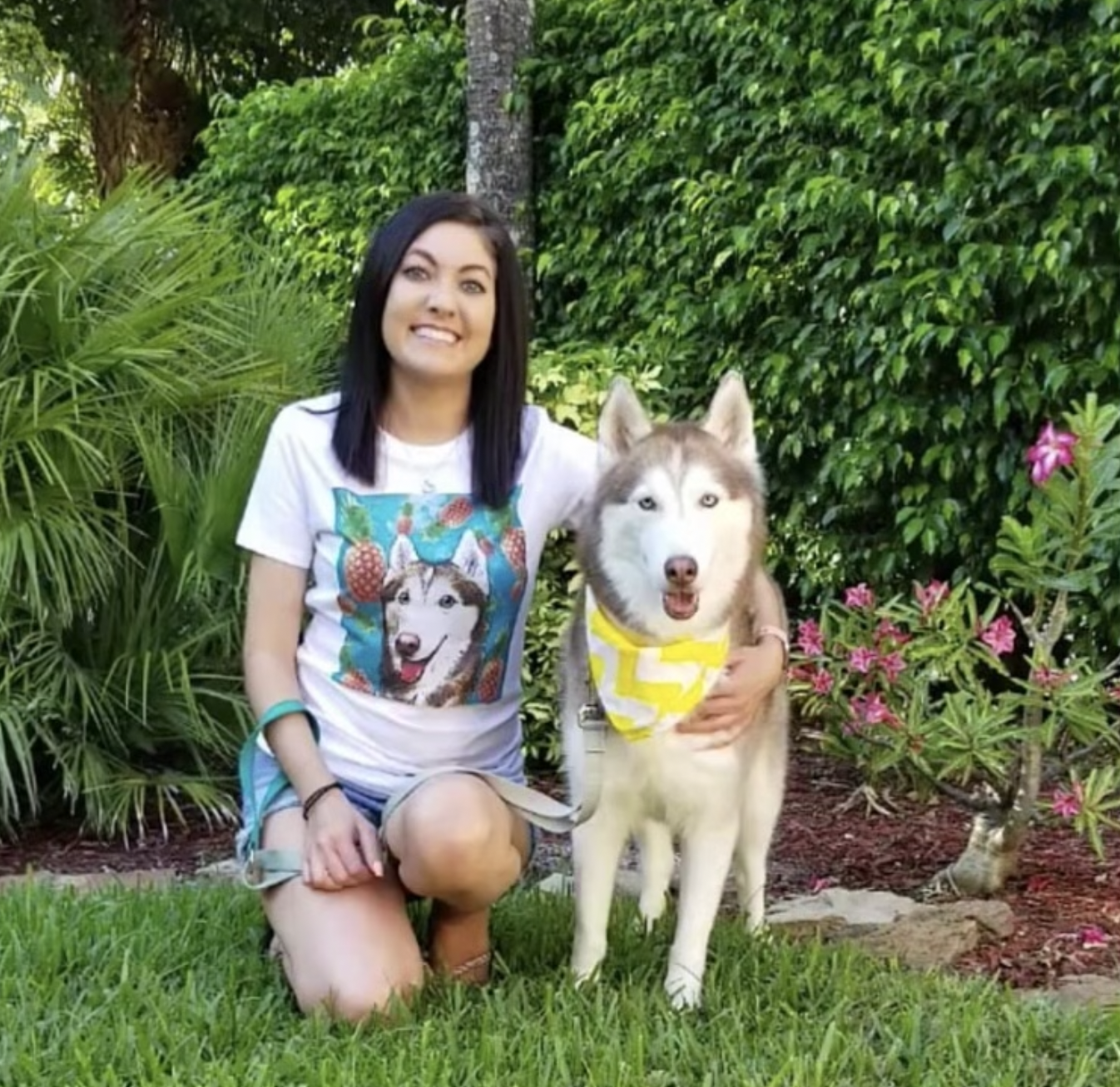We all want to raise that perfect dog who receives all the complimentary praises from strangers. “Oh, what a distinguished little gentleman!” “Why, yes, yes he is!” But some dogs can be much more of a challenge to train than others. Here are some of the most difficult and stubborn breeds to train.
What Personality Traits Tend To Make Certain Breeds Difficult To Train?
All dogs are good dogs, but some breeds just take a bit more effort and patience with their training. A lot of training difficulties in a breed come from their “origin stories”—the tasks and traits they were originally bred for in ye olde days.
- High Energy/Dog With Jobs: Dogs weren’t always just lounging around with us at home. Most dogs were originally bred to perform certain jobs—like herding, haunting, pulling, etc. That means that many dogs were intentionally bred to have qualities like loads of energy, or powerful muscles and stamina. Thankfully, nowadays we’ve moved toward sharing our homes with dogs as companions rather than workers. But all that energy is still in their genes! Without enough exercise, or mental stimulation, working breeds can get destructive, neurotic, or overly vocal when they get bored.
- Independence: Although dogs are considered pack animals, some breeds have a bit more of an independent streak than others. Independent dogs may prefer to be a one-dog-only household, while others just prefer to play by their own rules. They love their own pet parent, but often aren’t a big fan of strange people or animals. Without proper socialization and training early on, independent dogs may become aggressive around others, or try to make their own household rules.
- Intelligence: The more intelligent a breed tends to be, the more they like to think for themselves, and choose to disobey commands and house rules. Intelligent dogs can have a very stubborn streak. They tend to choose when they want to listen, and who they want to listen to. Highly intelligent dogs often get a bit too curious at times, and figure out how to get into things they shouldn’t, or become masters of escape.
- Large Size: Large, giant, or stocky breeds can be difficult to control—especially on a leash. Some large breeds are well aware of their own size compared to yours, and can have an, “Oh yea? Who’s gonna make me!?” attitude when they want. These dogs need a relationship with mutually built respect.
1. Siberian Husky
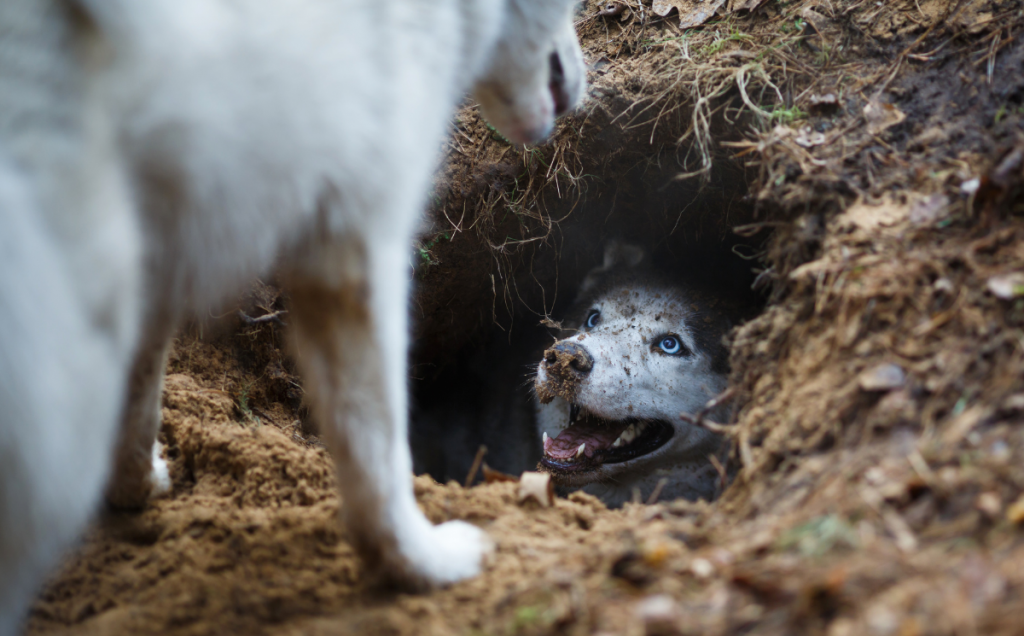

Biggest Challenges: Stubborn, high energy, small prey drive, escape-artists of the dog world, very vocal (at all hours!)
Ideal Living Situation: Experienced pet parent with active lifestyle. House with yard and high fence. No cats or small animals.
Training Needs: Lots of exercise and mental stimulation. Firm boundaries. Focus on leash training.
Don’t let those derpy faces fool you, huskies are full of mischief (and loads of fur). They are not for inexperienced pet parents. Although they’re one of the goofiest and loveliest dog breeds out there, huskies are an extremely energetic breed that need loads of exercise. They were originally bred to to run for miles on end in frozen tundra, and their souls are still born to run—for hours! Without enough exercise, they will quickly become destructive. They were bred to be independent, as this ensured a mushing group of huskies would ignore commands if the terrain was deemed unsafe. But all these years later, that independence means they have a stubborn streak when it comes to listening to commands. They are also skilled escape-artists, and have trouble controlling their small prey drive around cats and small animals.
2. Chinese Shar-Pei
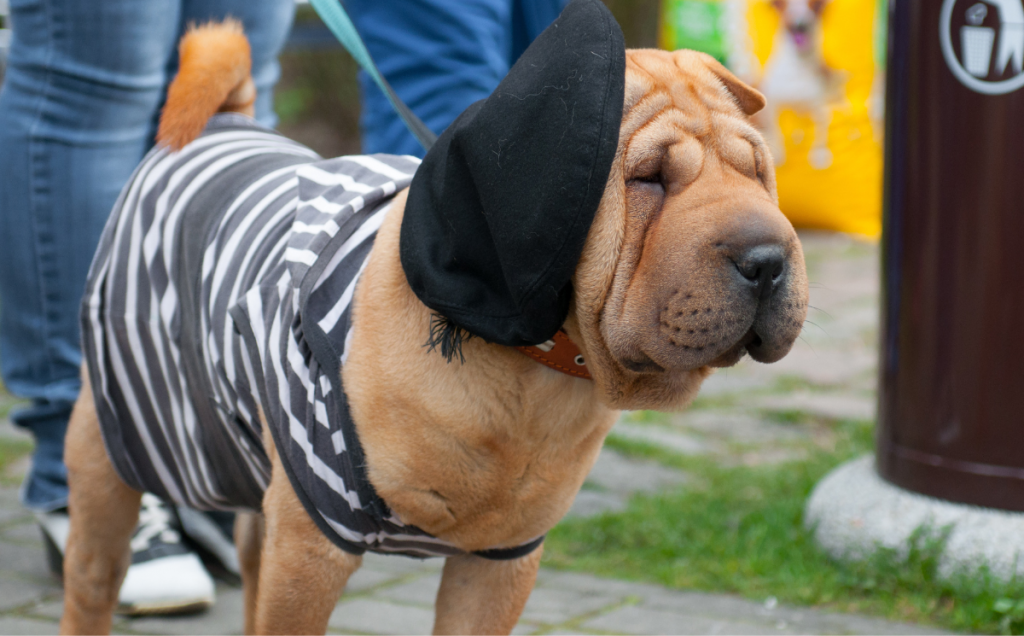

Biggest Challenges: Territorial, difficulty socializing (get off their lawn!) with strange people and animals
Ideal Living Situation: Experienced pet parent with older children or no children.
Training Needs: Firm boundaries. Skip the crowds and dog parks. Aim for more solo adventures.
How could such a squishy wrinkly baby face be such a challenge? Don’t let the floppy flaps and velvet snoot fool you, Shar-Peis can be quite difficult dogs to train. Their personalities can often lean toward that grumpy guy in your neighborhood who yells at kids for being too noisy outside, and steals any balls that land in his yard. Shar Peis just don’t have a forte for socializing with others outside their family. They can be easily territorial, and become aggressive with strangers when they’re not properly socialized. They’re not a beginner dog breed!
3. Chow Chow
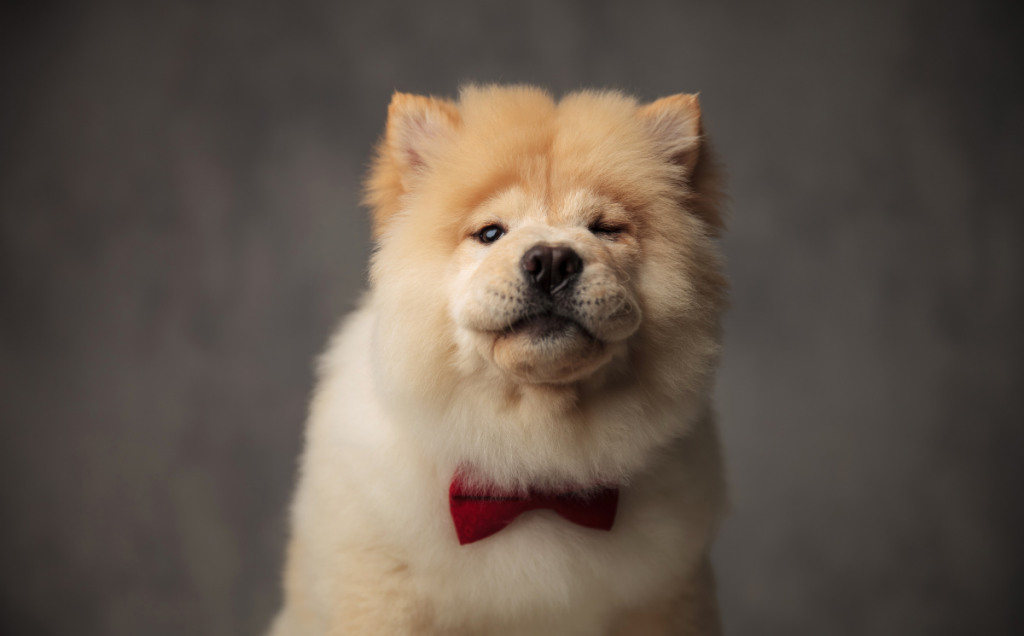

Biggest Challenges: Dominant, stubborn, jealous, often aggressive toward strangers and animals
Ideal Living Situation: Experienced pet parent. Their loyalty is often to one main person, so don’t get offended when your Chow chooses their favorite parent.
Training Needs: Firm boundaries, and lots of attention. Be cautious around strange people and animals.
Possibly the cutest of all the puppy bears in this world—but also maybe a bit too far bear-leaning at times! Always ask permission before squishing a Chow Chow’s adorable face. These giant puff balls are very dominant, stubborn, and can have a mean streak if they’re not properly socialized. They want lots of attention from their pet parents, but also tend to get very jealous if you’re giving attention to anyone but them. They’re not often a big fan of strange people or animals, which can bring out their sudden aggression. Please take caution when booping this snoot.
4. Jack Russel Terrier
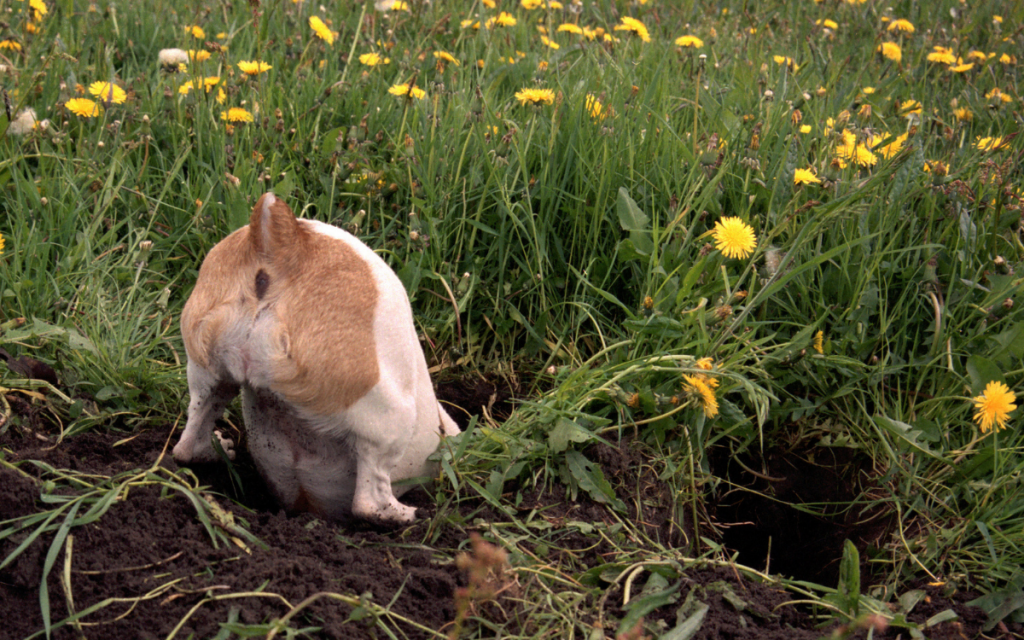

Biggest Challenges: High energy, often pick fights, high prey drive, talkative, destructive when bored
Ideal Living Situation: Pet parent with active lifestyle. House with backyard. Household without cats or small animals.
Training Needs: Lots of exercise and mental stimulation. Focus on socialization with other dogs. Take caution around cats and small animals.
They zip, they zoom….and zoom and zoom and zoom. Like most high energy pups, Jack Russels need a lot of exercise. If they’re not getting their long daily walkies or time to run at the park, they’ll easily become destructive out of boredom. Since Jack Russels were originally bred as foxhunting dogs, they tend to have a high prey drive. This means that they tend to chase after other animals, especially ones that are smaller than them. For this reason, they often don’t do well sharing a home with cats and other small animals, but they do like other dogs. Also, take caution during walks or when riding in a car with a window down, as they have a tendency to bolt toward other animals. Lastly, Jack Russels have a knack for picking fights, so proper socialization during training is key.
5. Rottweiler
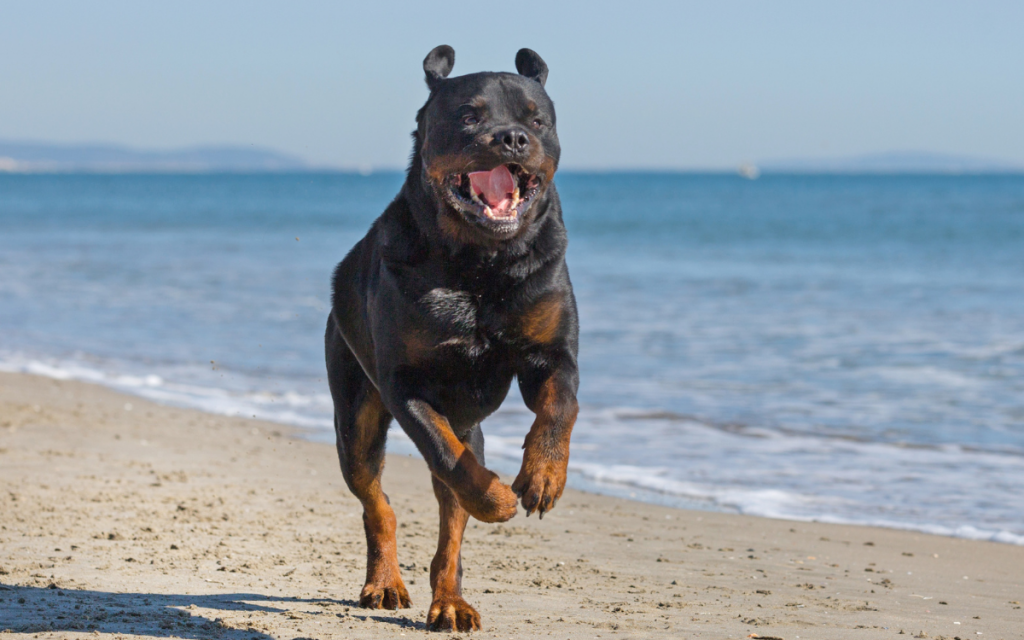

Biggest Challenges: Stubborn, protective, loyal to a fault (difficulty listening to anyone else), over-powering size
Ideal Living Situation: Experienced, firm pet parent
Training Needs: Firm boundaries. Mutual respect. Focus on socialization around strangers.
Rottweilers are extremely loyal… to a fault. Their pet parents often become their entire world. This is great if you’re looking for a guard dog, but can become problematic around strangers. Without proper training, these big guys can easily become too protective and aggressive with anyone who they think looks a bit too shifty (or maybe they just don’t like your hair color). The difficulty training these caterpillar-eyebrowed loveballs comes into play when you need them to listen to anyone other than their favored pet parent (another family member, a friend, the puppy sitter, vet etc…). It’s important to work on socializing early on.
6. Bullmastiff
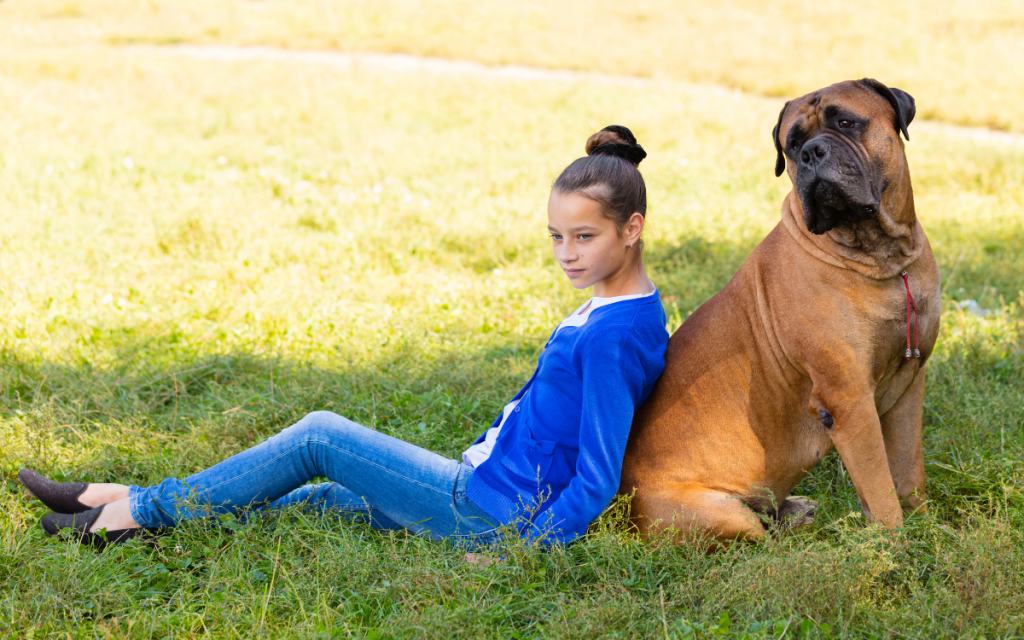

Biggest Challenges: Massive size, stubborn, prefer humans over other dogs
Ideal Living Situation: Pet parent who can handle their large size, strength, and drool. Spacious house with yard. Furniture protectors.
Training Needs: Focus on leash training, “stay” and “come” commands. Consider a gentle leader harness to prevent pulling.
The sheer size of these pups can be a massive challenge for many pet parents. If not properly trained, you can easily find yourself skimming across the grass like a human lawn-mower if they decide to take off while you’re on the other end of the leash. They also seem to be well-aware of their own size in comparison to humans, which can bring out their stubborn side. They’re basically listening to your commands, sizing you up, as the wheels turn in their heads thinking, “and what are you gonna do if I don’t??” As a side note: beware of the drool bombs!
7. Afghan Hound
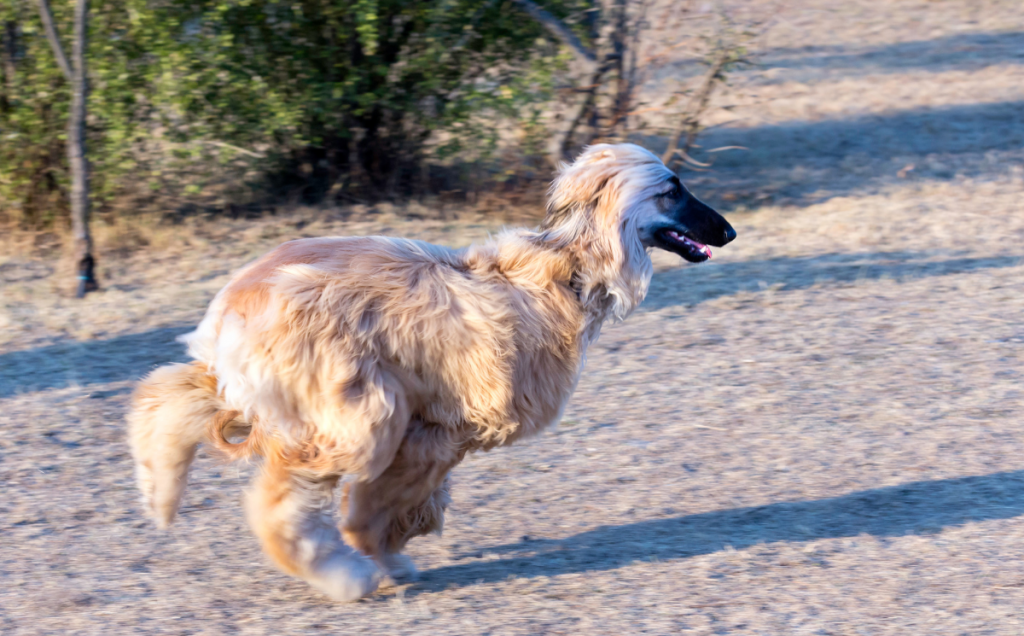

Biggest Challenges: Selective hearing (often ignore commands), independent, stubborn
Ideal Living Situation: Determined pet parent who doesn’t mind a cat in a dog’s body
Training Needs: Firm boundaries.
We may or may not have accidentally uploaded a picture of a new emu breed—we’re not entirely sure, to be honest. Could such a luxurious loooong boy be a trouble-maker? Why yes, yes they can. Afghan Hounds are extremely intelligent, but have independent qualities more in line with cats. They prefer to do what they want, when they want, and love pretending you didn’t just call their name. “Sorry, I just couldn’t hear you over all this fur.” Because of their intelligence, they often learn their commands well, but they just later choose to ignore them if you don’t stay consistent.
8. English Bulldog
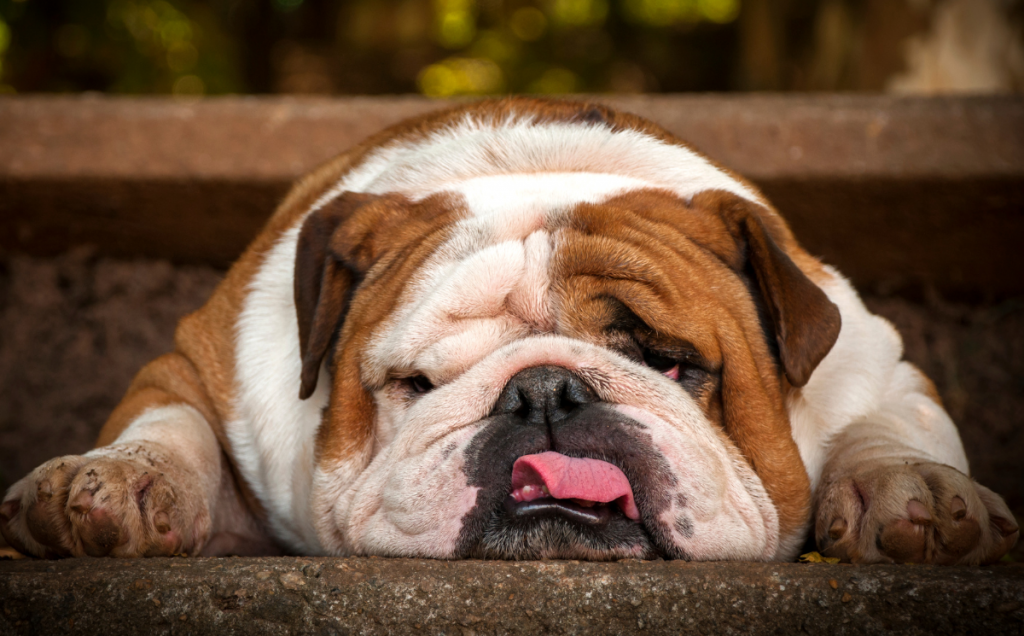

Biggest Challenges: Stubborn; “lazy” sounds a bit harsh, but it’s also accurate (being that cute is a lot of work!); occasional sloth-like tendencies
Ideal Living Situation: Pet parent who likes the couch potato lifestyle. Lots of beds.
Training Needs: Firm boundaries and cuddles.
These guys just love to lounge around—almost too much. They’re extremely lovable and squishy, but can be very stubborn. They prefer to cozy up on the couch for a nap, and please for the love of dog, don’t make them move! They don’t wanna! This stubborn lazy streak can become difficult when you need them to listen to any commands—especially when you need them to move, or go somewhere with you. These solid chunks pack a lot of mass into their medium size, which can make it difficult to pick them up, or get them to mosey along to where you need. Keep in mind, their wrinkles can also be tough to clean!
9. Beagle
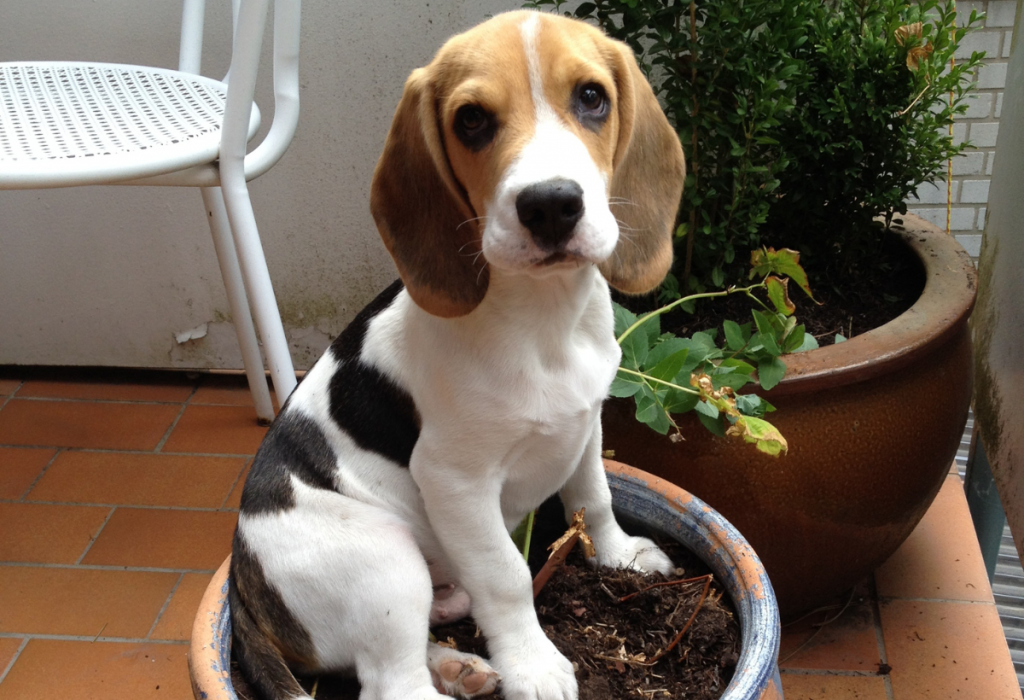

Biggest Challenges: High energy, difficulty learning and listening to commands, barking is a favorite past time, tendency to run away
Ideal Living Situation: Active pet parent. House with yard.
Training Needs: Plenty of exercise. Firm boundaries, and focus on controlling excessive barking. Consider a GPS collar.
These sweeties are just full of energy, which is often a trait that factors into training difficulties. They want to be everywhere all at once, which can make it difficult for them to pay attention to learning and listening to commands. This high energy also demands a lot of exercise, which can lead to destructive behaviors, tendencies to run away, and weight issues if they don’t get enough running around time. Lastly, it’s almost as if any energy that doesn’t get burnt off is forced to come out as nonstop barking. An apartment lifestyle may not be the best for these pups (or for your neighbor’s sanity). You may want to look into doggie daycamp, or hiring a dog walker to help burn off their energy.
10. Pit Bull
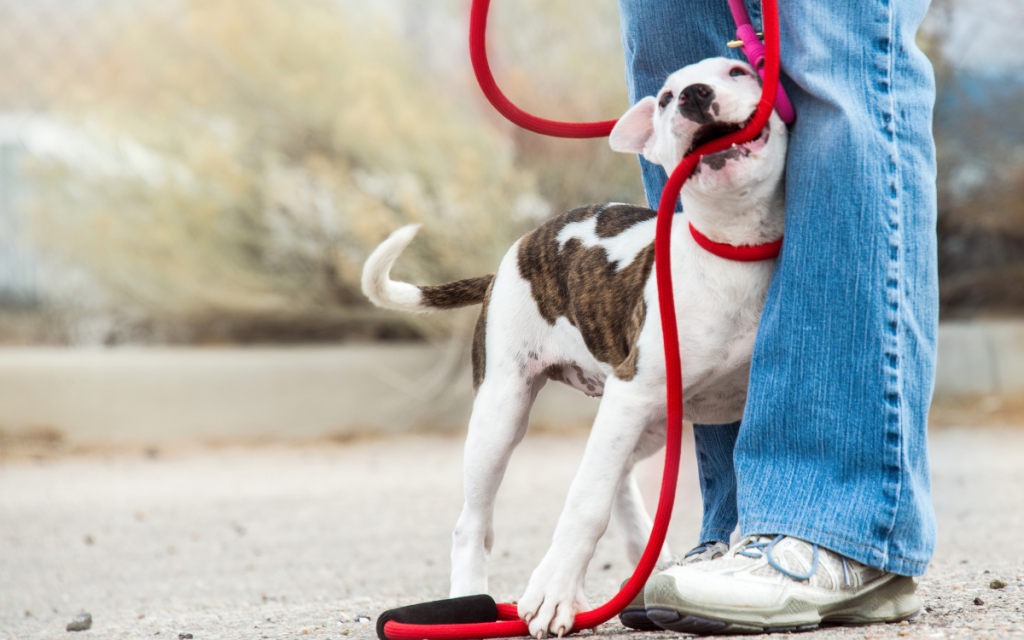

Biggest Challenges: Powerful, aggressive when not socialized properly
Ideal Living Situation: Experienced, patient pet parent willing to seek help from professional trainers in certain adoption situations.
Training Needs: Firm boundaries. Patience. Leash training. Guidance from professional when adopting a rescue.
Pit Bulls can be wonderful dogs when raised in a loving home with proper training. One of the biggest challenges with these velvety hippos is that too many end up in the wrong hands. Because of dog fighting and irresponsible owners, many Pitties are trained to be aggressive, and forced into a hostile life. Unfortunately, for those who begin life with a rough start and later get re-homed, it can be very difficult to fully shake them of their aggressive behaviors. They’re extremely powerful hunks, and can also be difficult to leash train. These pups require a confident, patient, and determined pet parent—especially when adopting older Pibbles.
11. Pekingese
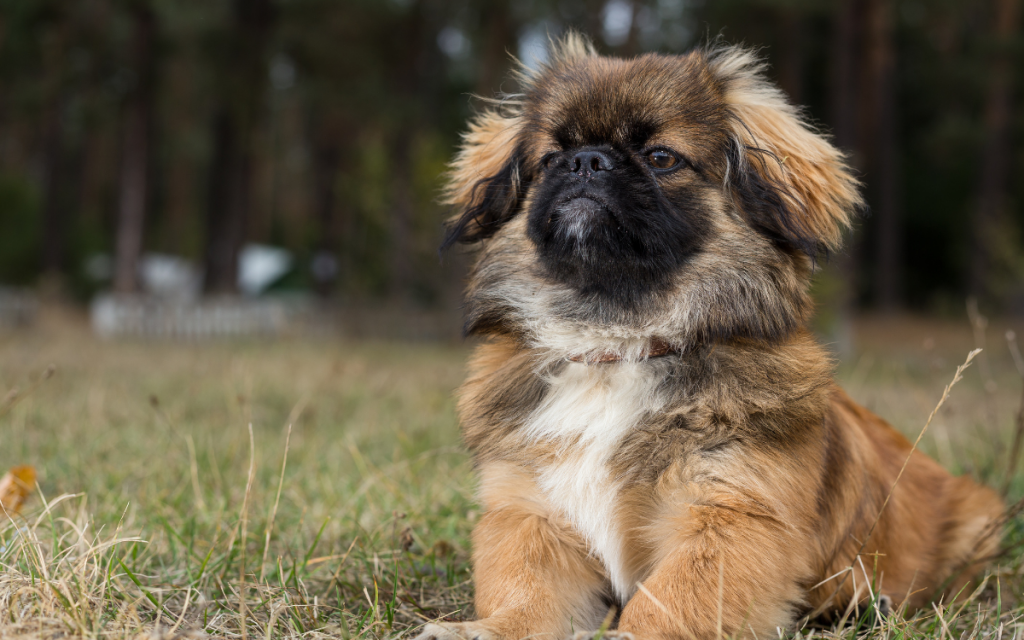

Biggest Challenges: Stubborn, opinionated, independent
Ideal Living Situation: Determined pet parent who can be firm with training routines.
Training Needs: Use treat and reward-based training. Patience and firm boundaries. Avoid spoiling.
These little cuties are very intelligent. But with intelligence, often comes a stubborn personality. They want to be the one in charge and decide when they choose to listen. Without proper training, Pekingese can tend to get snappy and bitey—even with their own pet parent. They also prefer to be the focus of all your attention, so they prefer a house to themselves over sharing the space with other dogs or children.
12. Australian Cattle Dog (Blue Heeler)
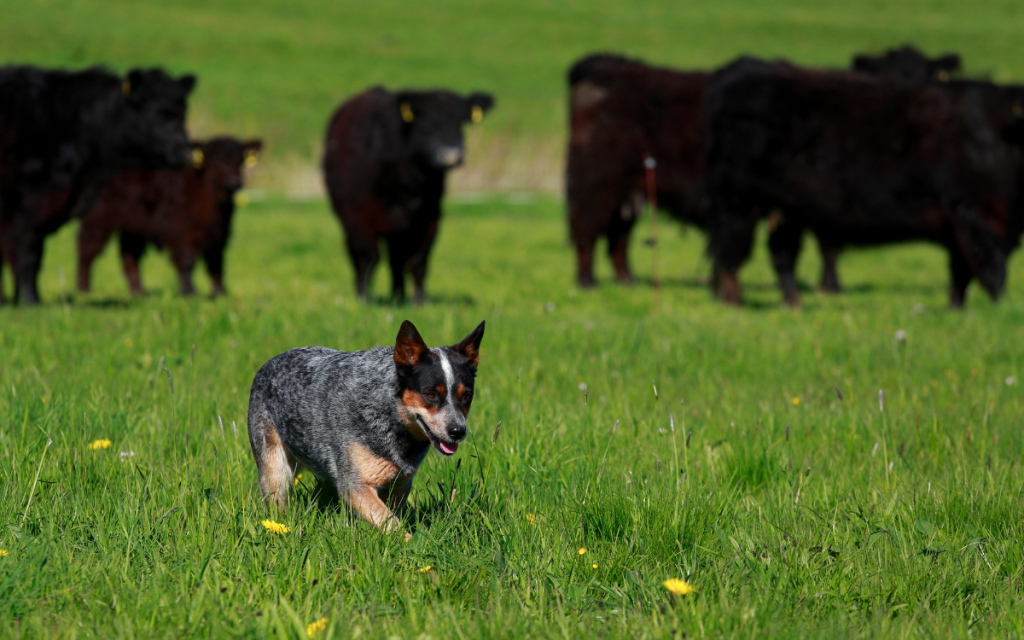

Biggest Challenges: High-energy, protective, can get nippy around feet
Ideal Living Situation: Active pet parent. Take caution around small children.
Training Needs: Lots of exercise. House with backyard. Focus on socialization with strangers, and controlling nipping.
Australian Cattle Dogs (a.k.a Blue Heelers) are a very high-energy herding breed. If the name hasn’t given it away already, they were originally bred to heard, which means high-energy was a sought after trait. And they still have plenty of that energy to go around! Being a herding breed, they’re also protective of their herd—you! Unfortunately this means they can get a bit aggressive with strange humans and animals if not trained and socialized properly. They also have a bad habit of nipping at the feet and heels of anyone walking by—as it’s what they were trained to do to herd cattle. This can become an issue with small kids in the house. Not all Australian Cattle Dogs can be as polite as Bluey around kids!
13. Akita
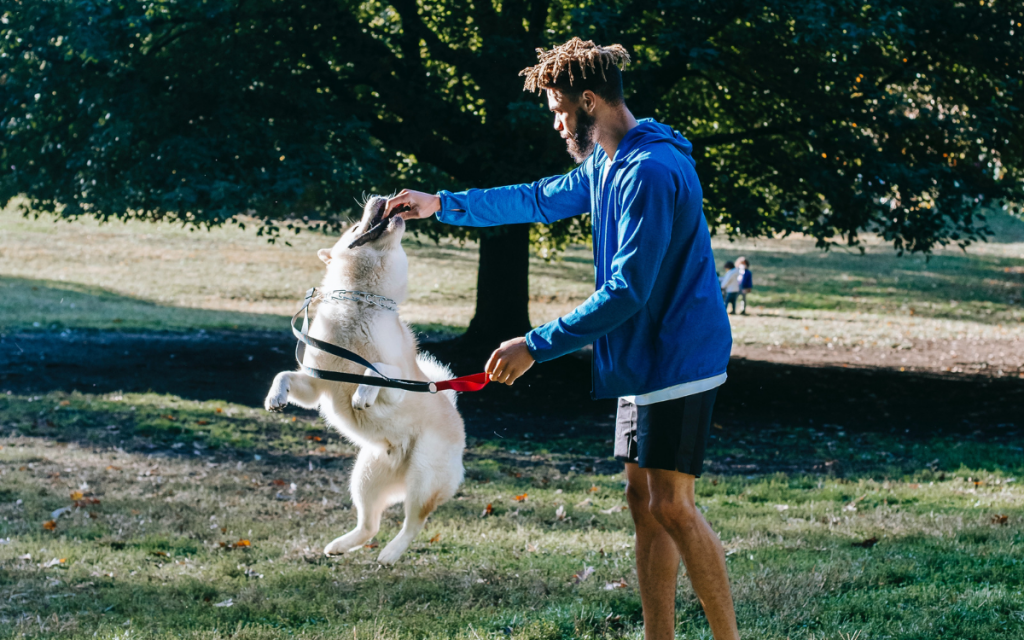

Biggest Challenges: Protective, territorial, bossy
Ideal Living Situation: Firm pet parent who can establish mutual respect
Training Needs: Mutual respect. Firm boundaries. Focus on socialization with strange humans and dogs. Skip the dog parks and crowds.
Akitas are natural guard dogs and loyal companions. However, they can get a bit overzealous with their protective duties. They can quickly become aggressive toward strange humans and animals if they feel threatened. Akitas need an experienced, firm pet parent who they respect. They’re likely to ignore the commands of anyone they don’t trust and respect.
14. Dachshund
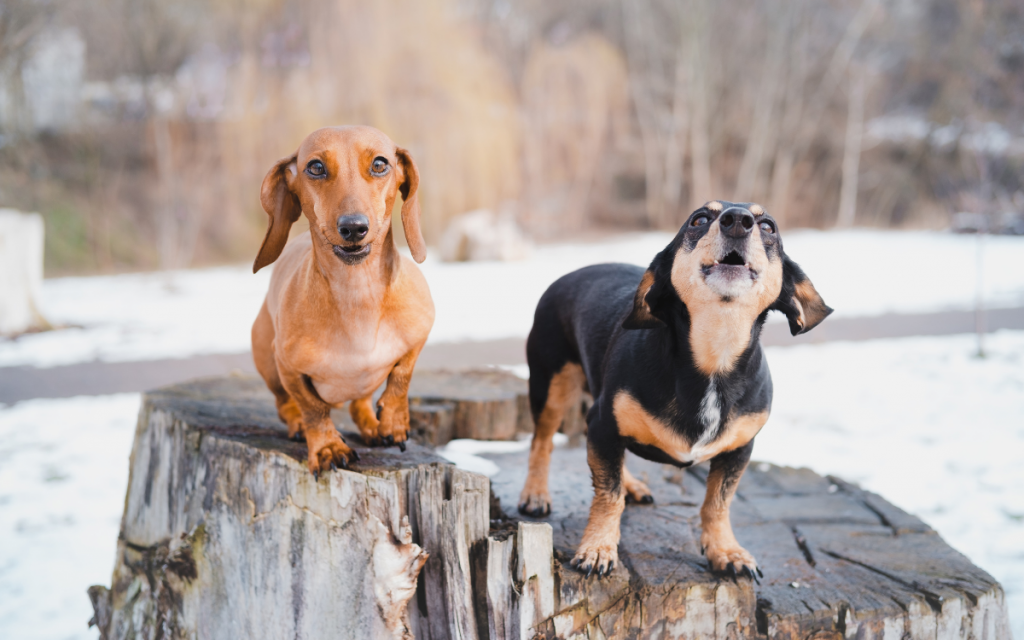

Biggest Challenges: Stubborn, difficulty with potty training, very vocal
Ideal Living Situation: Determined pet parent with a good set of noise canceling headphones. Not great for apartments with thin walls.
Training Needs: Teach loads of new tricks. Lots of snuggles. Focus on potty training, and excessive barking.
Dachshunds can be amazing snuggle bugs, and adorable couch potatoes. They’re also intelligent, so learning new commands and tricks is often a breeze. The difficulty with these guys comes from their often stubborn nature, and their difficulty with potty training. It can make some pet parents want to pull out their hair during the puppy stage. They’re also very vocal and love to bark at a moments notice. You’ll likely want to work with them on learning an inside voice at a young age, or look into buying really good noise canceling headphones.

